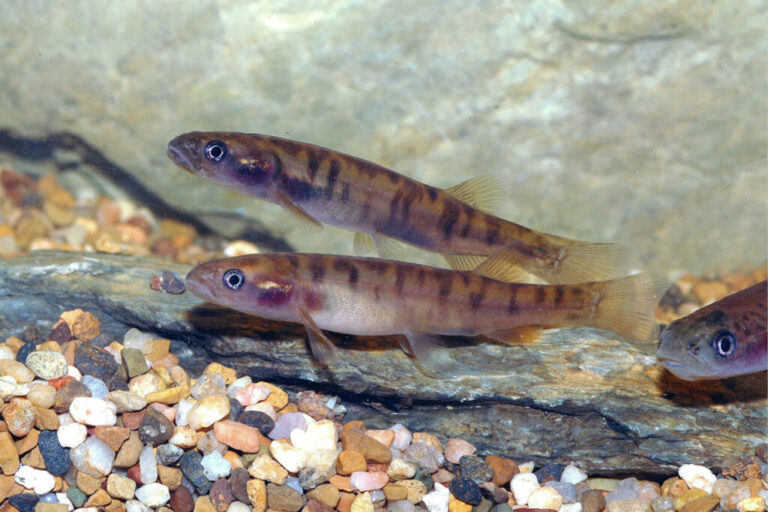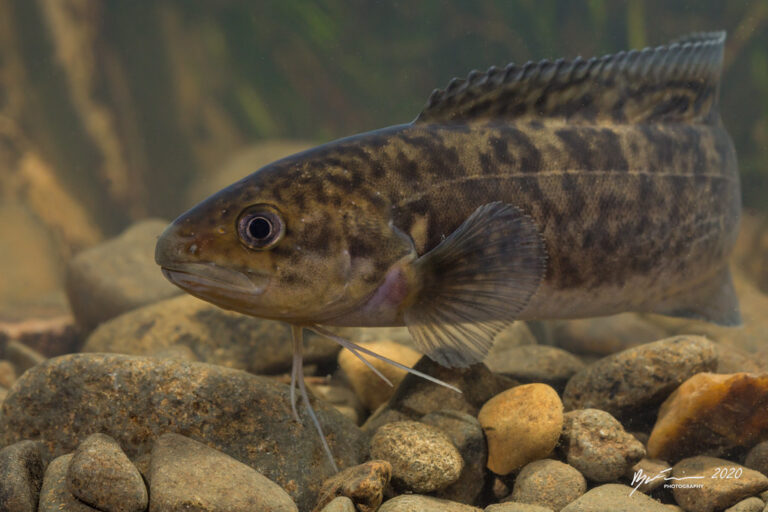The estuary stingray (Hemitrygon fluviorum), also called the estuary stingray or brown stingray, is a species of stingray in the family Dasyatidae.
Endemic to eastern Australia, it typically inhabits shallow, mangrove -lined tidal rivers, estuaries, and bays in southern Queensland and New South Wales. Stingrays are a group of sea rays, which are cartilaginous fish related to sharks. All types of stingrays are classified into 8 families, and there are over 220 species of these rays.
Spiracles are small openings that allow some fish and amphibians to breathe. Stingray spiracles are openings just behind its eyes. The respiratory system of stingrays is complicated by having two separate ways to take in water to utilise the oxygen. Most of the time stingrays take in water using their mouth and then send the water through the gills for gas exchange.
This is efficient, but the mouth cannot be used when hunting because the stingrays bury themselves in the ocean sediment and wait for prey to swim by. So the stingray switches to using its spiracles. With the spiracles, they can draw water free from sediment directly into their gills for gas exchange.
Some have specialised jaws that allow them to crush hard mollusk shells, whereas others use external mouth structures called cephalic lobes to guide plankton into their oral cavity. Benthic stingrays (those that reside on the sea floor) are ambush hunters. They wait until prey comes near, then use a strategy called “tenting”. With pectoral fins pressed against the substrate, the ray will raise its head, generating a suction force that pulls the prey underneath the body.
Most stingrays feed primarily on mollusks, crustaceans, and occasionally on small fish. Stingrays are disc-shaped and have flexible, tapering tails armed, in most species, with one or more sawedged, venomous spines.
The Australian D. brevicaudata reportedly attains a width of about 2 metres and a length of 4 metres. Stingrays inhabit warm temperate and tropical waters, sometimes in great abundance. They are bottom dwellers and often lie partially buried in the shallows. Stingrays eat worms, mollusks, and other invertebrates, sometimes badly damaging valuable shellfish beds. They lash their tails when stepped on, and large stingrays can exert enough force to drive their tail spines into a wooden boat.

The stingray’s colouration commonly reflects the seafloor’s shading, camouflaging it from predatory sharks and larger rays. Their flattened bodies are composed of pectoral fins joined to their head and trunk with an infamous tail trailing behind.
While the stingray’s eyes peer out from its dorsal side, its mouth, nostrils, and gill slits are situated on its underbelly. Scientists therefore believe its eyes play a considerable role in hunting. The unusual shape of stingrays come from their broad pectoral fins that run the length of their body. To swim, some species of stingrays move their fins in a wavy motion. Other types of rays gracefully flap their wings similar to a bird.
Some stingrays often display aerial acrobats skill. It likes to jump out of the water at great heights.
Safe Wading in Salt Water
Next time you are wading the shallows, remember that stingrays spend most of their time concealed in the sand. Their mottled skin, ranging from a light sandy tone to a dark brown, gives them the perfect camouflage for hiding on the sea floor until a tasty meal comes their way. It also keeps them hidden from predators of their own such as seals and sharks. To add an extra element of protection, stingrays will stir up sand with their wings while burying themselves head-first.

The best way to prevent stingray injuries is to shuffle your feet whilst wading, this alerts the ray to your approach and they will move off. Although uncommon, stingrays have been caught on a fly and injuries to the hands can occur if they are handled. The safest option is to carefully cut your line and allow the stingray to keep the fly.




